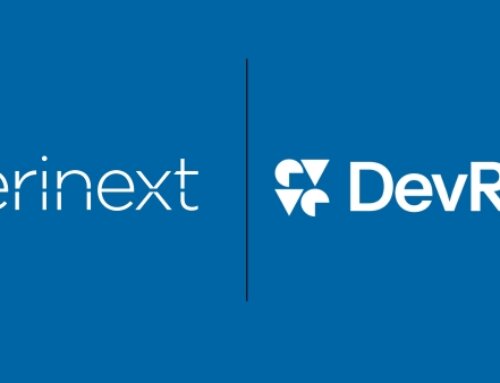In the waves of technological advancement, the tide that has undeniably risen the highest is Artificial Intelligence (AI) and hyperconnectivity. These two paradigms are reshaping the enterprise networking landscape, demanding a new set of networking skills that navigate the complexities of modern networks. As we move forward into an era where machine learning algorithms predict network failures before they happen and 5G technology enables connectivity at unprecedented speeds, the value and demand for advanced networking skills have skyrocketed. Let’s delve into the critical role of these skills in ensuring the smooth operation and strategic development of enterprise networks in today’s AI-driven, hyperconnected world.
Understanding the New Networking Landscape
The networking landscape has shifted dramatically from manual configurations and isolated networks to highly automated, integrated and intelligent ecosystems. In this environment, network professionals must understand not only the traditional aspects of networking but also how AI and machine learning technologies integrate with network functions to optimize performance, enhance security and predict issues before they impact operations.
The Value of Networking Skills
Within Networking, four skills are imperative. These skills include strategic planning and implementation, security and risk management, performance optimization and innovation and adaptability.
- Strategic Planning and Implementation: Skilled network professionals are invaluable for their ability to plan and implement network strategies that align with organizational goals, including designing networks that are scalable, secure and capable of integrating new technologies as they emerge.
- Security and Risk Management: With cyber threats becoming more sophisticated, the need for robust network security has never been more critical. Professionals with advanced networking skills are essential for identifying vulnerabilities, implementing encryption technologies and developing policies to mitigate risks.
- Performance Optimization: Integrating AI into networking allows for real-time data analysis and decision-making to optimize network performance. However, these AI-driven solutions require skilled professionals to design, implement and manage them effectively.
- Innovation and Adaptability: As enterprises adopt new technologies, networking professionals are needed at the forefront of innovation, continuously learning and adapting their skills to navigate the evolving tech landscape.
The Rising Demand: A Global Perspective
The global demand for skilled networking professionals is rising, fueled by the ongoing digital transformation across industries. The need for these skills will continue to grow as businesses increasingly rely on cloud computing, IoT devices and AI-driven analytics to drive decision-making and operational efficiencies. This demand spans everything from healthcare and finance to retail and manufacturing, making networking expertise highly sought-after in the current job market.
Embracing the Future
For those working in enterprise networking, the future belongs to those prepared to embrace AI and hyperconnectivity, understand their complexities and leverage their capabilities. These individuals need a commitment to continuous learning and development and focus on traditional networking principles and the emerging technologies shaping the future of the enterprise network landscape.
In conclusion, the value and demand of advanced networking skills in today’s AI-driven, hyperconnected world cannot be overstated. As we continue to navigate the challenges and opportunities of this new era, the role of skilled network professionals will be pivotal in guiding enterprises toward a future where connectivity is seamless, secure and more intelligent than ever.
If you need help, Verinext has networking solutions. Discover how our services can meet your networking needs by contacting us.
Related Posts:
5G Networking: Opportunities and Security Implications for Enterprises
Operational Resilience: Implementing Robust OT Security in Critical Infrastructure






